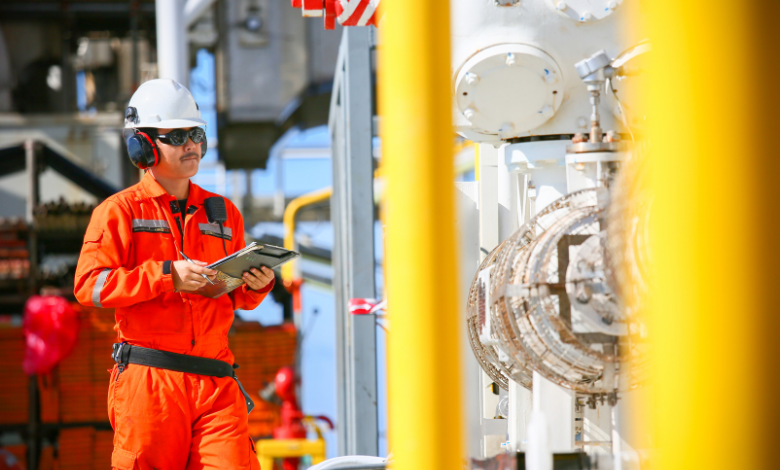What Do Pipe Recovery Service Consist Of?

As an oil and gas professional, you know that a stuck drill pipe can cause major delays and expenses during drilling operations. When pipe gets irretrievably stuck downhole, pipe recovery services become essential to continue drilling and save the wellbore. But what exactly do these services entail? In this blog, we’ll explore the key components of pipe recovery.
Fishing Attempts
The first step in pipe recovery is typically fishing – dedicated operations to retrieve stuck drill pipe. This involves specialized fishing tools and procedures tailored to the specific sticking mechanism. Fishing experts will try to jar, mill, or grapple the pipe loose. However, if standard fishing fails, more extensive interventions become necessary.
Sidetracking
If fishing doesn’t regain the stuck drill pipe, sidetracking is often the next recourse. This means directing the wellbore around the stuck section of the pipe. A whip stock is set below the sticking point to divert the wellbore and allow drilling to continue in a new direction. Sidetracking saves the well but leaves the stuck pipe downhole.
Cutting and Pulling
Cutting and pulling provide an alternative pipe recovery method when fishing and sidetracking aren’t feasible. A section mill cuts the drill pipe near the sticking point. This severs the irretrievable lower section, allowing the freed upper pipe to be pulled from the well. What remains downhole is then permanently abandoned.
Section Milling Tools
Section mills have abrasive surfaces designed to grind through drill pipe walls. They are deployed on drill pipe or coiled tubing. Section milling is a slow, careful process that may take dozens of hours. The right section mill tool must be selected based on the drill pipe specs and wellbore conditions.
Fishing After Cutting
In some cases, fishing efforts can resume after section milling cuts the drill pipe. Removing the severed portion eliminates the sticking point and may allow fishing tools to latch and retrieve the abandoned lower pipe. But this is only possible if the freed lower pipe is accessible and not severely damaged.
Heavy Lifting Equipment
Recovering cut drill pipe requires heavy lifting equipment at the well site. Large cranes provide the lifting capacity to pull thousands of feet of freed drill pipe from vertical wellbores. In horizontal wells, downhole tractors may be needed to drag the pipe through the lateral section.
Replacement Drill Pipe
The recovered drill string will be short due to the severed section left downhole. New replacement drill pipe must be purchased to replace the abandoned portion. Make-up equipment is used to thread and join the new pipe with the existing recovered drill string. This returns the string to its original length.
Wellbore Remediation
After drill pipe recovery, remedial work is often needed to restore the wellbore. Debris from section milling and any damaged casing or cement must be addressed before drilling resumes. Fishing for milling remnants, cleanout runs, and cement squeezes may be required to ensure a stable open borehole.
Costs and Downtime
Pipe recovery operations are complex, time-consuming, and expensive. But the alternative is a permanently abandoned wellbore. The chosen recovery method depends on the well’s economic value and location. Operators accept substantial costs to try to regain drill pipe rather than lose the well entirely.
When drill pipe gets stuck beyond salvation, pipe recovery services, such as those offered by Renegade Services, provide the last resort to save the wellbore. A combination of fishing, sidetracking, section milling, heavy lifting, and remediation allow drilling to resume, despite leaving pipe downhole. It’s a costly endeavor, but preferable to abandoning a wellbore completely.



